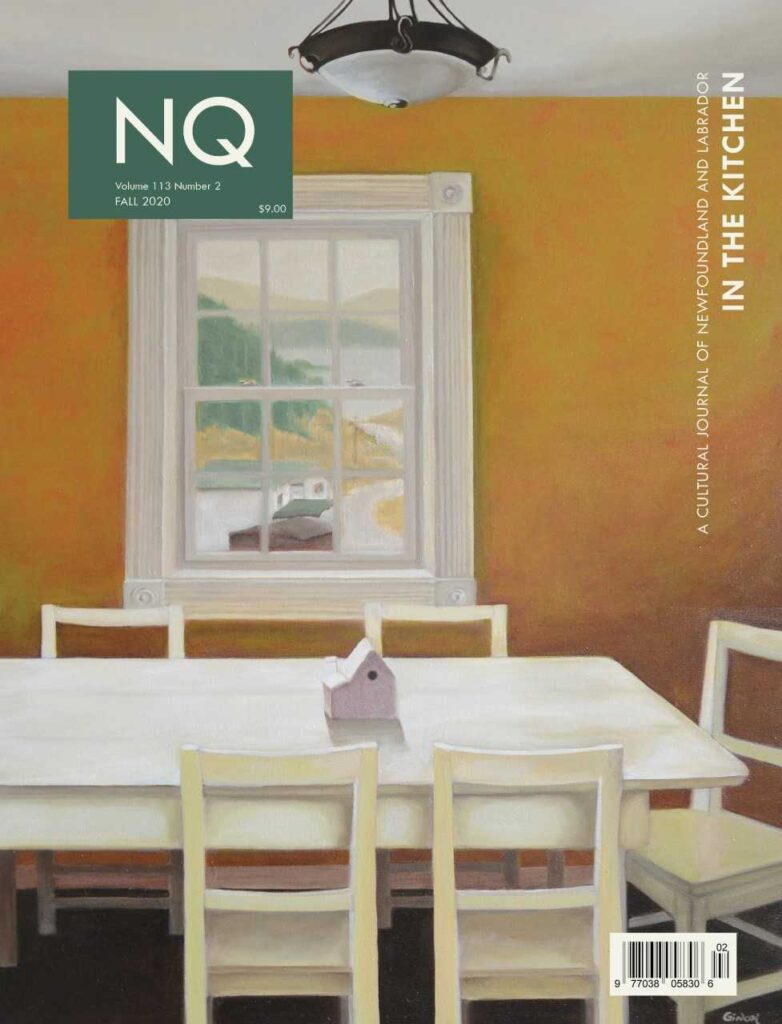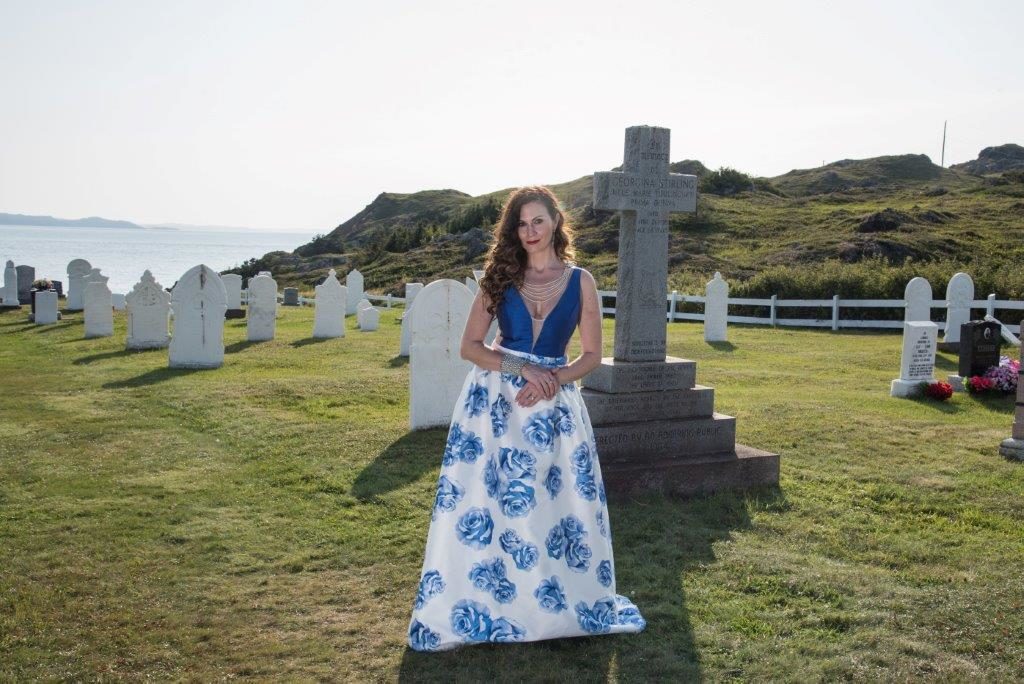David Baltzer: “I feel art has to say something”
August 2023
Can you tell us a little about yourself?
I was born in Michigan, and moved when I was ten to California, southern California, and when I was 17 moved to the northern California bay area, and I spent most of that period making films. I studied art when I was in my first couple of years of college, and I had a teacher who told me painting was dead. Painting was a dead art. Unfortunately I believed him. I was 19, 20 years old and figured it must be true if the teacher was telling me. And I drifted into other things, I did sculpture, I did printmaking and eventually got into filmmaking.
Obviously something changed.
Painting was always there, it was always something I wanted to do, I loved doing it, when I realized obviously painting wasn’t dead … I was writing screenplays at the same time. Like with a lot of writing, you walk around in this head space of this screenplay you’re trying to solve problems with, work out elements. And I thought, David, just go do some painting. It’s immediate, you put paint on it and stand back and say ok, that works, and I just fell in love with it again. I tried to do both, to keep making films and painting, but the painting always seemed to suffer, so I finally said the heck with it, I moved way the heck up by Redding, got a place in a tiny little town, and lived in a trailer and had an old barn in the back. And I just painted until I felt I knew what I was doing. I got into a couple of galleries in the Bay area, and I moved back down there, and that’s where I met Jennifer, in an art class, and at some point she convinced me to move to Newfoundland. I’d come for a couple of months every year, because she moved back when her dad got sick, to help care for her dad, and she decided I love this place, I’m staying here. In 2006 we moved here. I had been painting the kinds of things in California, and was with two galleries, and I had a solo show every year with each gallery, and I was just burnt out. I felt like the last couple of shows that I did weren’t as good as I wanted them to be. I was in love with this place anyway.
How did the move affect your art practice?
One of the things I would do was just take a camera and wander around St John’s. In California everything’s on a grid, kind of flat, at least where I lived, and here you have houses kind of built [gestures towards a typical span of St John’s downtown row housing], and I fell in love with it. I decided on a whole series of St John’s paintings. And I let the other stuff go. And I didn’t touch landscapes for a long time because it’s hard to capture the beauty of a landscape, for me anyway, but I kept seeing these things that I love like a pond with all these rocks in it, or ice melting on a pond, or a lone highway going through the barrens.

OLYMPUS DIGITAL CAMERA
But I wanted to get back to these pieces. I feel art has to say something. I kept making the analogy to a really interesting song, it just sticks with you, and it’s got so much depth, resonance, every time you hear it it takes you back to a place, and I kept wanting to do that with my art. I started developing an idea that I had started working on in California, called Contemporary Altarpieces. Because when I was in Europe I saw these wonderful narratives, complex stories, contemporary space, contemporary issues. Part of it is from the nature of film: you have an image and then you have another image, and then this image draws off the relationship with this other image. I developed a lot of drawings, and then I thought this is was too complicated, so I simplified it and did the Memetic Self-Portrait series (2018). Got a great response. Not as many people saw it as I would have liked (that’s always the case). I began developing more in that vein, trying to make images that people responded to deeply inside. The things that I’ve done that I’m most proud of are the paintings that do that. They come from somewhere in me, and for some reason they really hit people. So that’s where this new project came from, more figures, more abstract. I want to play more with what the paint says.
I would be able to pick one of your pieces out from a group of paintings, but I don’t know if I’d know what genre to categorize it.
Yeah.
How do you categorize it?
I don’t know. And I’ve been that way since I started painting. I submitted a piece to a show in Redding, it was juried by a gallery owner in Sacramento, and I took Best of Show, and she wrote a note I’d like to see more of this person’s work. I took a trip to Sacramento and I bought the images I had and she said you’re all over the place. I have no idea how to classify you. It’s been a haunting element to me. If you’re trying to break through it’s hard if people can’t say this is what he does. I don’t know how to get away from that. I paint what I see that I love. I create what I love. But I also realize it’s a drawback.

Your palette is warm. I wouldn’t have said that you used a lot of reds –
– I don’t normally deal with a lot of reds. I’m drawn to blues. I love blues. [For example] my Chasing Shadowsshow at Red Ochre. One of the things that I love about shadows is that they have that blue element.
And they are so narrative. When you were talking about filmmaking I thought, the way you cut stuff together it’s like cutting film.
Yeah. It’s in my psyche. I read a lot when I was in film school. Roland Barthes. You show an image of something, and you show an image of something else, cut together, and the audience is making meaning out of those images, even though they’re not necessarily connected in any way they will find a meaning, and that’s kind of what I’ve been playing with in my paintings. This, and this, and put a title to it, and hopefully the audience, the viewer, will connect to it. Some do, some don’t.
Check back next Friday for the second and final part of our conversation. Images above: An Elegant Severity, Rocky Pond (Lumsden), St John’s #27 (Job’s Cove). To see more of Baltzer’s work visit https://dmbaltzer.wordpress.com



